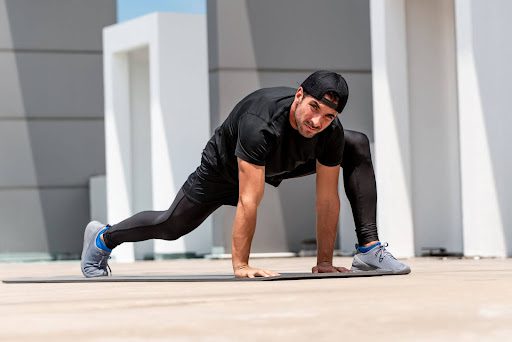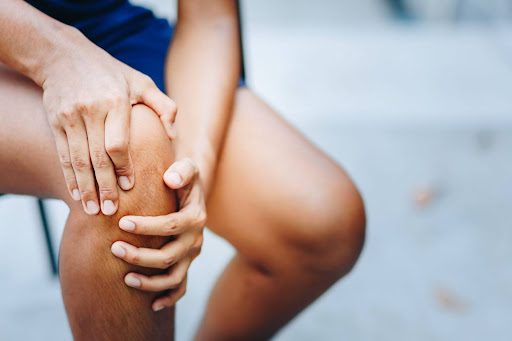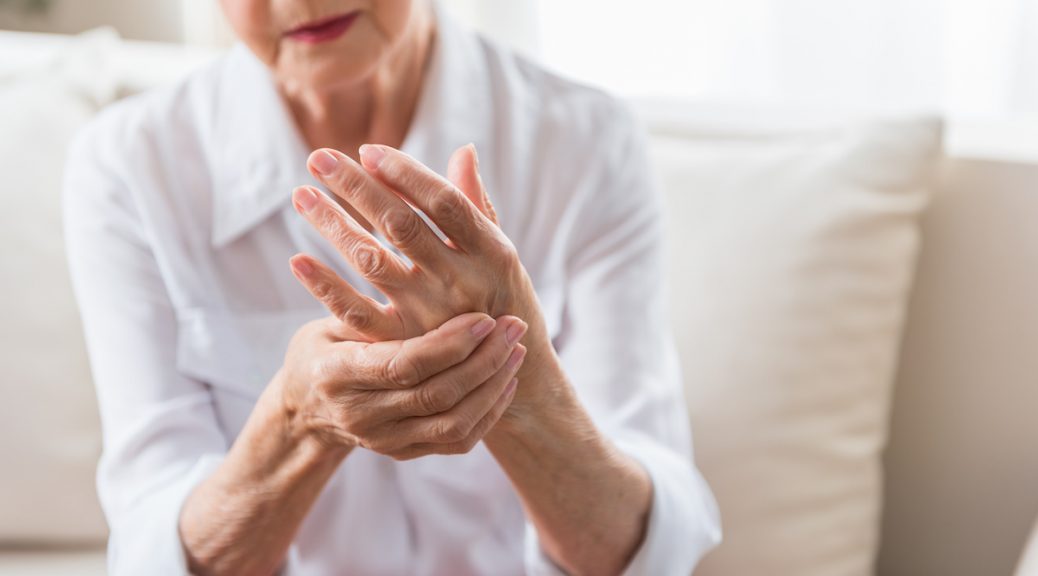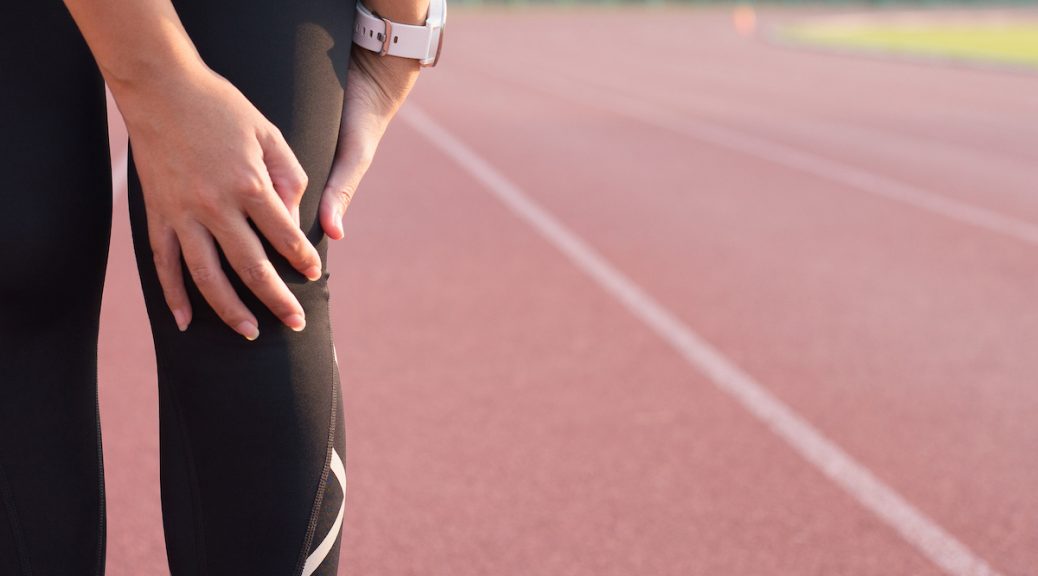Participating in rigorous physical activity and exercise is a privilege. Not to mention, it can reduce the risk of heart disease, stroke, type 2 diabetes, and high blood pressure. However, when it comes to maintaining that level of fitness, it is important to slow things down and focus on the foundation of functional movement, such as mobility exercises. The CDC also suggests that close to 14% of American adults have some kind of mobility issue that impacts their ability to safely walk and climb stairs.
Mobility Exercises For Better Movement
Mobility is often overlooked in favor of strength and cardio exercises, yet maintaining mobility is paramount for overall health and well-being. Whether you’re an athlete looking to improve performance or someone seeking to move more freely and comfortably, incorporating mobility exercises into your routine can make a world of difference. At Paris Orthopedics, we have put together seven effective exercises to enhance your mobility and promote better movement.
1. Cat-Cow Stretch
The cat-cow stretch is a classic yoga pose that promotes spinal mobility and flexibility. Start on your hands and knees with your wrists directly under your shoulders and knees under your hips. Inhale as you arch your back, lifting your chest and tailbone towards the ceiling like a “cow.” Exhale as you round your spine, tucking your chin to your chest and drawing your belly button towards your spine, like a “cat”. Flow smoothly between the two poses for 8-10 repetitions.
2. Thoracic Spine Mobility
Your thoracic spine is the middle section of your spine. Poor thoracic spine mobility can lead to compensations in other areas of the body, such as the lower back and shoulders. To improve thoracic spine mobility, try the thoracic spine rotation stretch. Begin in a seated position with your legs extended in front of you. Cross one leg over the other and place the opposite elbow on the outside of the bent knee. Rotate your torso towards the bent knee, reaching the opposite arm behind you for support. Hold for 20-30 seconds, then switch sides.
3. Deep Squat Hold
The deep squat is a fundamental human movement pattern that can improve hip, knee, and ankle mobility. Stand with your feet shoulder-width apart and toes slightly turned out. Squat down as low as comfortably possible while keeping your heels flat on the ground and your chest lifted. Hold the bottom position for 20-30 seconds, focusing on deep breathing and relaxing into the stretch.
4. Shoulder Mobility
Desk-bound jobs and constant phone use can result in tightness and limited mobility in the shoulders. To address this, incorporate shoulder flexions into your routine. Start standing with a shoulder-width grip on a resistance band, broomstick, or like object. Keeping your arms straight, slowly raise the band overhead and behind you until you feel a stretch in your shoulders. Return to the starting position and repeat for 10-15 repetitions.
5. Ankle Mobility
Reduced ankle mobility can affect squat depth and overall lower body movement patterns. Improve ankle mobility with ankle circles. Sit on the ground with your legs extended in front of you. Point your toes and begin tracing circles with your feet, moving in both clockwise and counterclockwise directions. Aim for 10-12 circles in each direction.
6. Hip Circles
Hip mobility is essential for various activities, from walking and running to squatting and lunging. Perform hip circles to improve hip mobility and range of motion. Stand with your feet shoulder-width apart and hands on your hips. Begin by circling your hips in a clockwise direction, gradually increasing the size of the circles. After 10-12 repetitions, switch to a
counterclockwise direction.
7. Hip Flexor Stretch
Prolonged sitting can lead to tight hip flexors, which can restrict hip mobility and contribute to lower back pain. To counteract this, incorporate a hip flexor stretch into your daily routine. Start in a kneeling position with one knee on the ground and the other foot flat on the floor in front of you. Gently push your hips forward while keeping your torso upright until you feel a stretch in the front of your hip. Hold for 20-30 seconds, then switch sides.
Mobility exercises can help unlock greater freedom of movement, leading to a more active and healthy life. At Paris Orthopedics and Sports Medicine, we understand how important mobility exercises are to keep you performing and injury-free. We are here to answer any questions you may have or to provide you with more mobility exercises. Check out our website or contact us at (903) 737-0000.










